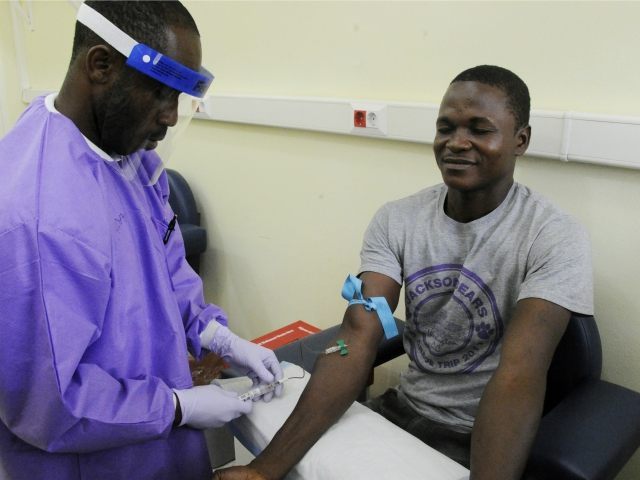The World Health Organization is warning that the time frame in which male Ebola survivors can spread the virus through their semen may be longer than previously anticipated, keeping an outbreak that began in February 2014 alive as those who are considered free of the disease engage in sexual activity.
While the number of Ebola cases in West Africa has diminished significantly since the outbreak peaked last summer, a number of isolated cases in remote areas have resurfaced, with little leads regarding where those contaminated acquired the disease from. Further investigation is indicating that their sexual partners may be to blame if the men are Ebola survivors, for as long as six months after they have been declared Ebola-free.
“The old advice of three months is no longer good. The number of people with persistent virus in their semen is much greater than expected,” a clinician working on a study on sexual transmission of Ebola told Reuters, on the condition of anonymity. The WHO currently tests men three months after they have been declared Ebola-free to ensure they are not contagious. New studies are suggesting that the time frame is too short, and tests six months after being declared healthy should be implemented.
Medical experts insist sex was not the danger, but contact with semen, which could make activities outside of intercourse—like masturbation—dangerous to others who may encounter the bodily fluid. “It’s not the sex that is dangerous, it’s the semen that is dangerous,” one expert is quoted as saying.
In addition to preventing the virus from continuing to spread, doctors in the affected countries—Sierra Leone, Liberia, and Guinea—are facing the overwhelming task of keeping Ebola survivors healthy. Given the scale of the outbreak, this is the first time scientists have had such a large pool of patients to study, and a new report claims that a variety of health complications have presented themselves among them.
Scientific American reports that the study found “joint pain, headaches or muscle pain” in addition to “sleeplessness and visual problems” among a high number of Ebola survivors. Many of these have refused to seek treatment, as 96 percent of respondents say their communities have rejected them when they return from the hospital, and they fear further isolation if they complain of complications.
The WHO has called issues growing within the Ebola survivor community “an emergency within an emergency,” noting that there are currently an estimated 13,000 Ebola survivors in West Africa. Those suffering from chronic joint pain have found it difficult to find and keep work, making their personal economic situation and that of the country much worse.
The most recent cases of Ebola in West Africa—mostly in Sierra Leone, have been women, suspected to have had sexual contact with Ebola survivors. A 67-year-old woman died of Ebola in August without having had contact with anyone currently suffering from the disease, though villagers noted that she had some relationship with a male Ebola survivor. There was no proof, however, that sexual contact had occurred. A second woman who had come into contact with the latest victim is currently under quarantine and being treated for Ebola.

COMMENTS
Please let us know if you're having issues with commenting.